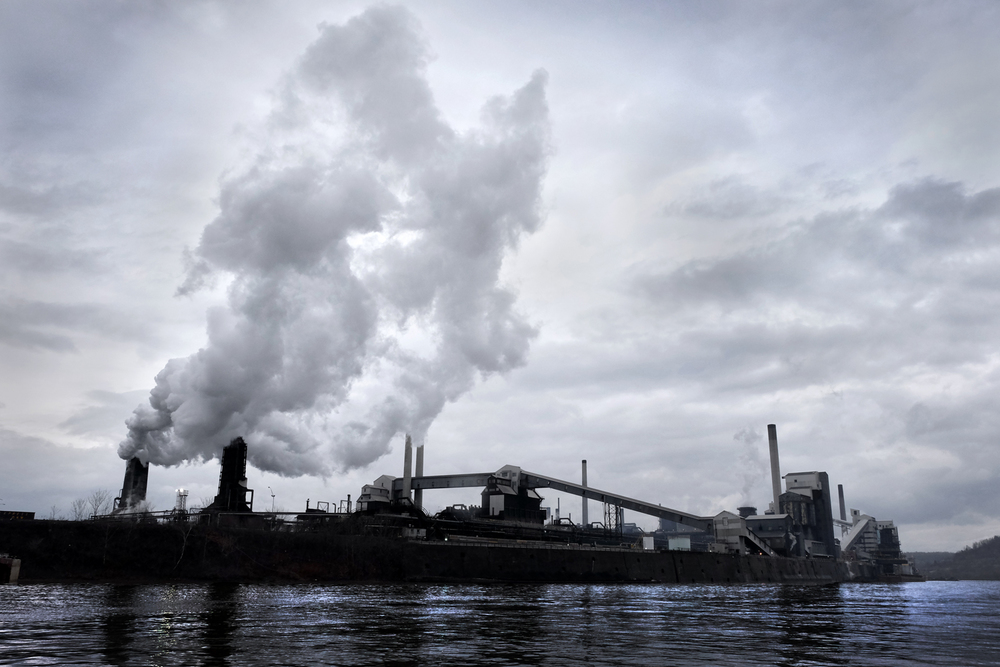Blog

Breathing in the ‘Burgh, Part I: What’s in Our Air, and Where Does It Come From?
Pittsburgh struggles with air quality, having ranked 10th worst out for daily measure of fine particulate pollution by the American Lung Association in 2019, and we regularly note air quality warnings during weather broadcasts and see reports of air quality in the news. We even have a local organization, the Breathe Project, which is dedicated to helping the public understand the quality of the air we breathe, engage and take action. What do all of the metrics they discuss even mean? And is there anything we can do to help our internationally-recognized awesome city and the environment around it? Explore in our new multi-part series!
We’ve all heard that Pittsburgh has poor air quality, but what does that actually mean? How is it measured? What makes it that way? The air quality index (AQI) is one way to convey the potential risk in daily levels of air pollution. Since days with higher levels of pollutants can be dangerous to children, elderly individuals and folks who already have health concerns, the AQI is a ranking system to help you make choices about daily activities to help keep loved ones safe.
When we hear about AQI alerts in the news, they are generally referring to a group of six EPA-criteria pollutants: carbon monoxide, lead, nitrogen oxides, ground-level ozone, sulfur oxides and particle pollution (also called “particulate matter” — a blend of tiny airborne solids and liquid droplets, usually about 1/10 – 1/40 the size of a grain of sand). Some of the pollutants are gases but, like lead and particles, some of them are microscopic materials that can cause health issues when inhaled.

Different pollutants come from varying sources, but broadly speaking, pollutants come from four primary sources: mobile sources (cars, trains, planes, etc.), stationary sources (industry, power plants, oil refineries, etc.), area sources (cities and farms), and natural sources (volcanoes, wildfires, etc.). Depending on the particle or gas type, some pollutants can travel across the globe and stay in the atmosphere for years, while others can react with other chemicals in the atmosphere to either break down or create a more harmful pollutant.
The Breathe Project provides a clearinghouse of resources to help determine which pollutants are in our air and where they come from. The PennEnvironment Research and Policy Center provides a list of Allegheny County’s “Toxic Ten,” which are the facilities emitting the most toxic air pollution in Allegheny County, so that users can check their proximity, while the Pittsburgh Regional Environmental Threats Analysis (PRETA) Report by the University of Pittsburgh Graduate School for Public Health studies the particulate matter in the air. In the next entry in our series, we’ll talk about the effects of this particulate matter of people, animals and all living things. Stay tuned!
Select photos © Brian Cohen

